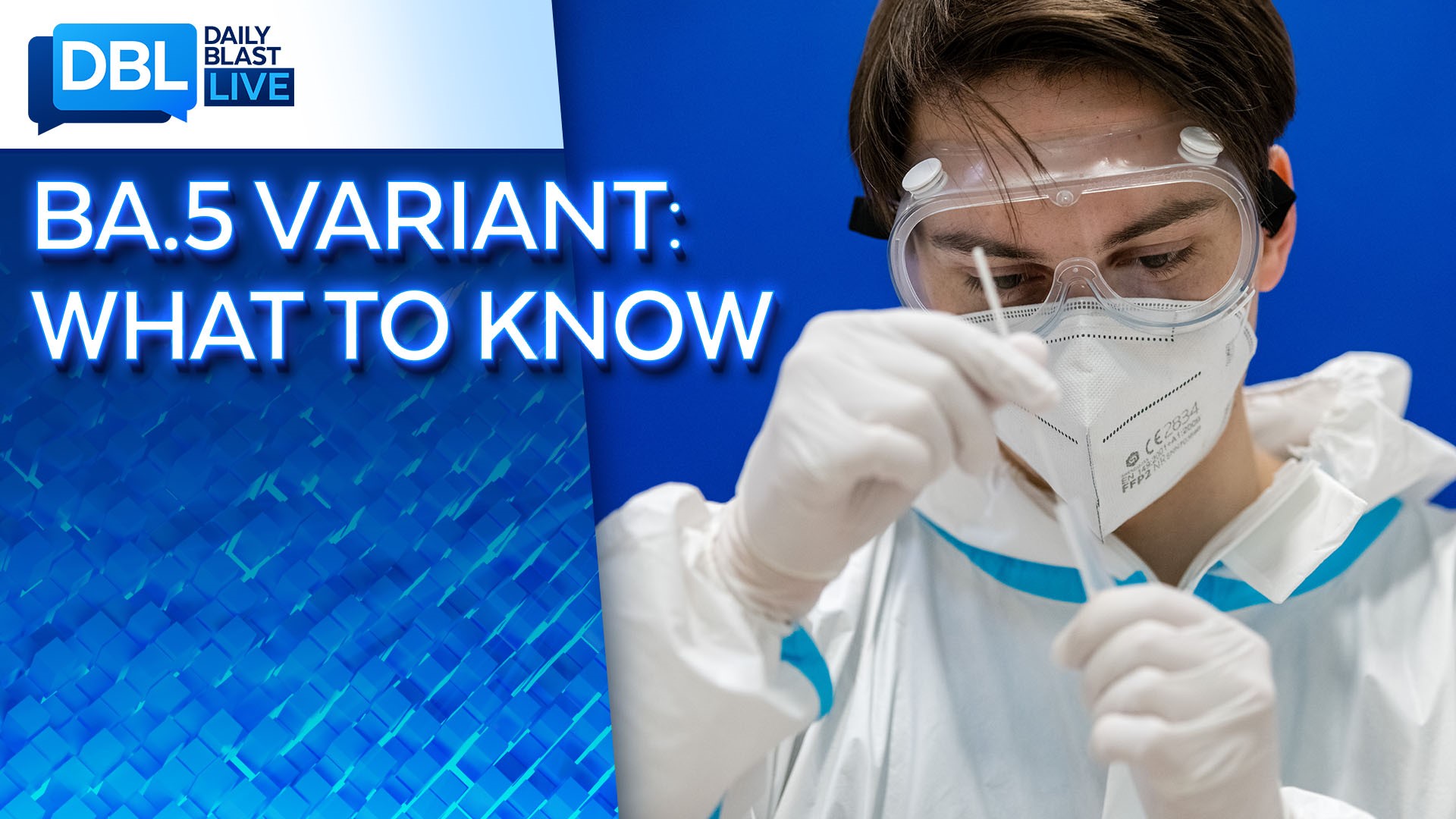WASHINGTON — As many Americans ramp up their summer travels without masks, two COVID-19 subvariants are causing a surge in cases.
BA.5, which accounts for 65% of cases, and BA.4, which is 16% of cases, are omicron's smarter cousins. The two subvariants are evading antibodies and even vaccine protections, as they are believed to be the most contagious versions of the virus yet.
"It knows how to trick our immune system," said TEGNA medical expert Dr. Payal Kohli.
What are the symptoms for the new COVID subvariants?
Since the subvariants derived from the original omicron variant, symptoms fall under the same umbrella. However, symptoms still vary depending on vaccination status, age, prior infection, medication and other factors, said Kohli.
Data collected from the Zoe app in the UK show most symptoms mimic the common cold, with sore throats and runny noses. Kohli said a significant change in symptoms for the subvariants are heightened amounts of sneezing, something not seen in earlier forms of the COVID-19 omicron variant.
"Now, interestingly enough, we're also anecdotally seeing that there may be a slightly higher degree of loss of taste, and loss of smell," Kohli said.
Do I have COVID, a cold or allergies?
Without much of the "classic" COVID-19 symptoms like muscle aches, high fevers and chills, it becomes increasingly difficult to decipher whether you have COVID or simple allergies.
Consistent testing is the best way to confirm whether your symptoms are truly COVID-19, according to Kohli. For those who are fully vaccinated, things can get a little more complicated as immune systems in early days of infection can cause a false negative on at-home tests.
The subvariants responsible for the latest surge pose a different threat as it also has higher rates of reinfection.
"Even if you've had infection recently, with omicron, or you've had what we call hybrid immunity, which is infection plus vaccination, which was thought to be the highest level of protection, we are seeing a higher rate of reinfection occurring even in those individuals," she said.
On Tuesday, the Biden administration urged Americans to get their booster shots as way to protect themselves from the new subvariants.
Now with Novavax, a more traditional protein-based vaccine approved by the FDA, and a COVID-19 pill, Americans have more resources than ever to protect themselves during another surge. However, nearly a quarter of Americans haven't gotten any COVID-19 shot.
"Even though the vaccines and the boosters that we have out there right now are really designed for the original Wuhan strain, and not so much for the subvariants, we are seeing that there's a high degree of efficacy at for the vaccines that keeping you out of the hospital," Kohli said.
What are the most common COVID-19 symptoms?
The Centers for Disease Control and Prevention lists the most common symptoms for COVID-19:
- Fever or chills
- Cough
- Shortness of breath or difficulty breathing
- Fatigue
- Muscle or body aches
- Headache
- New loss of taste or smell
- Sore throat
- Congestion or runny nose
- Nausea or vomiting
- Diarrhea

